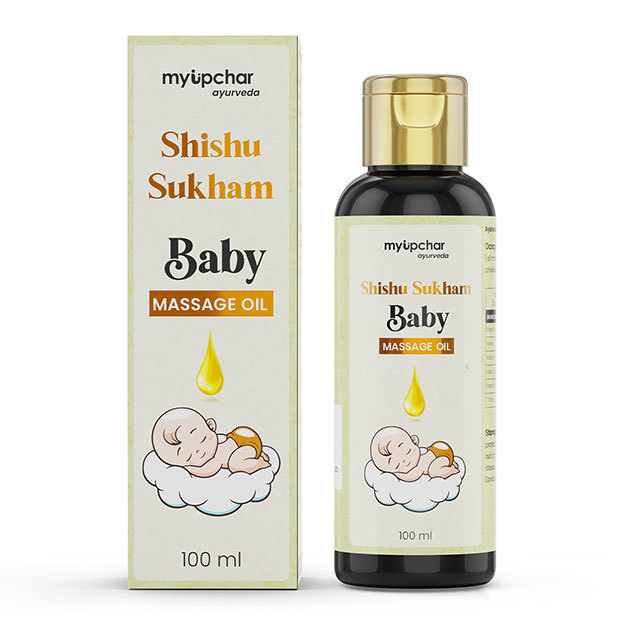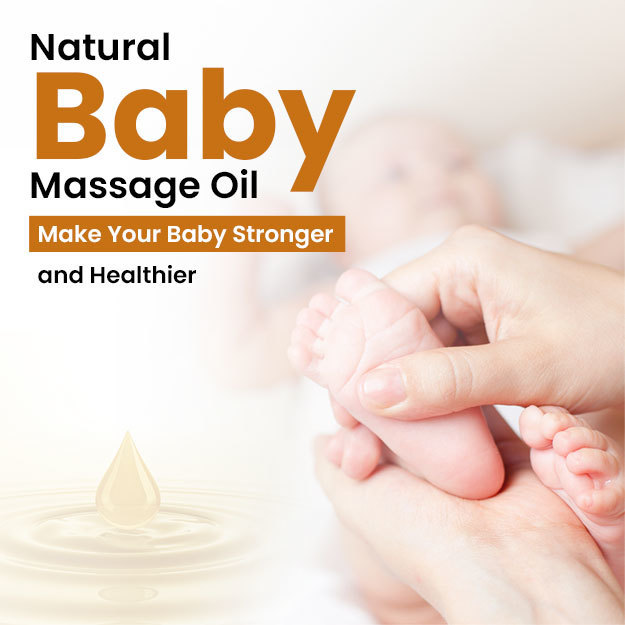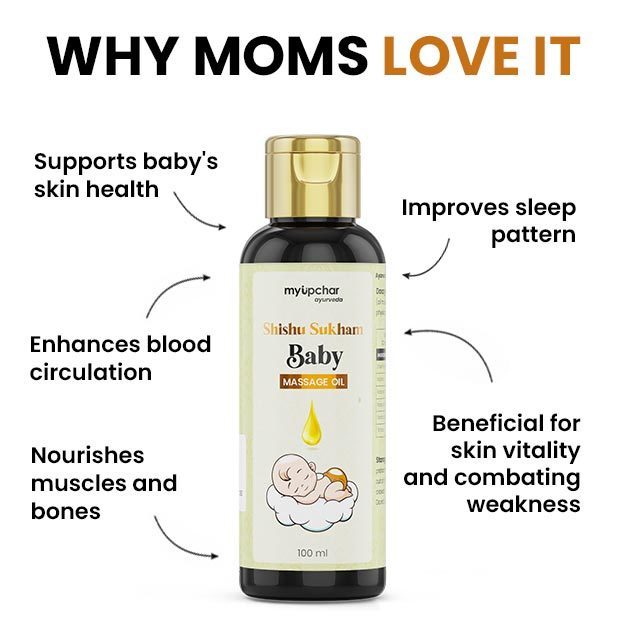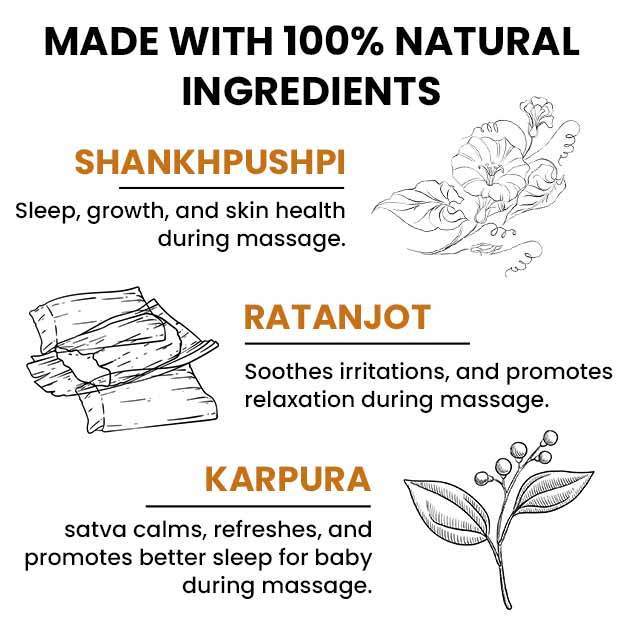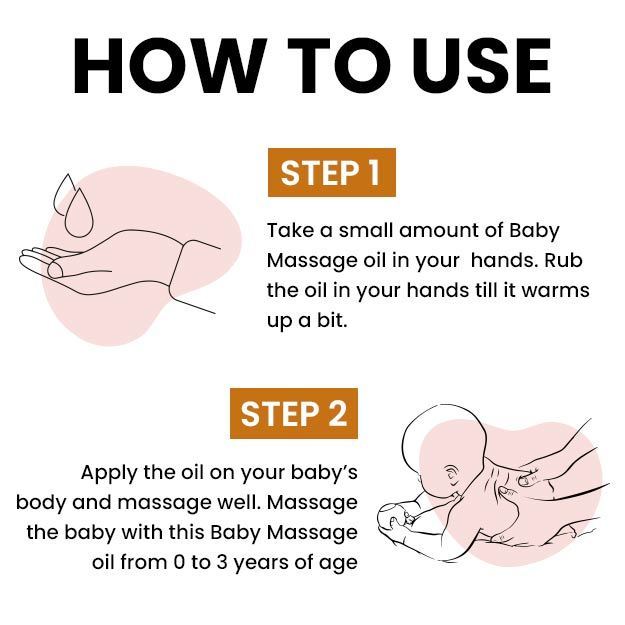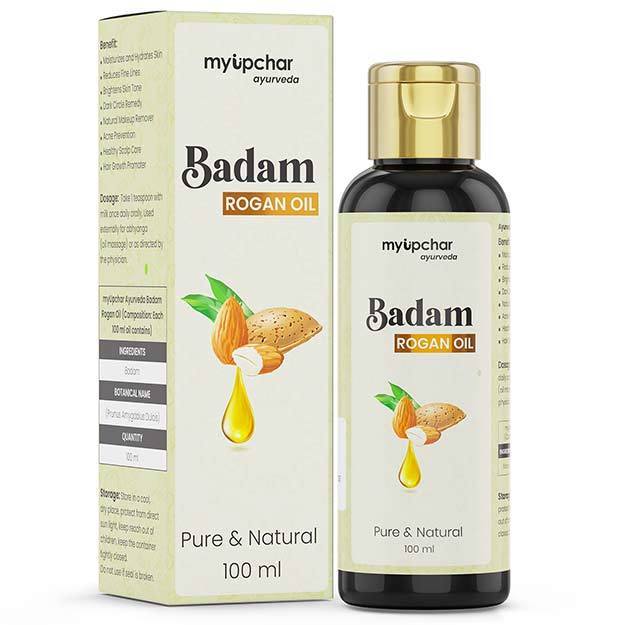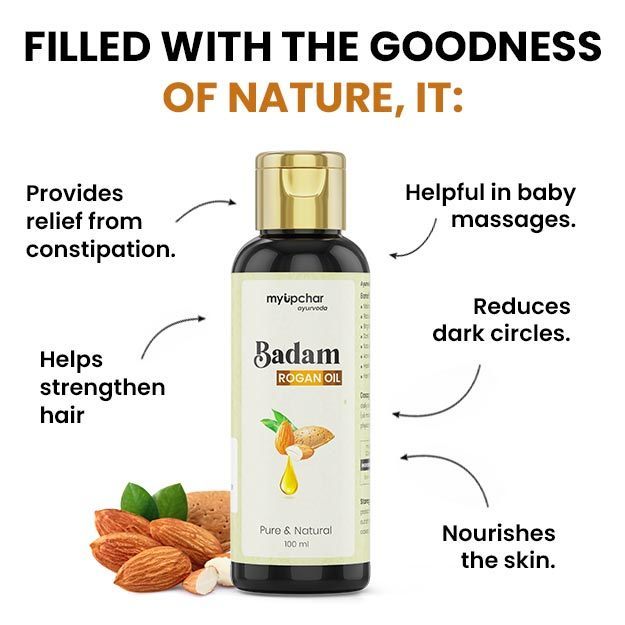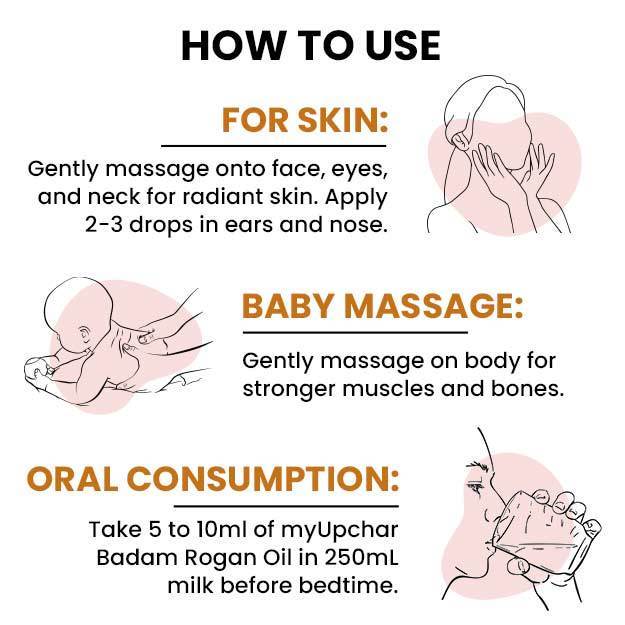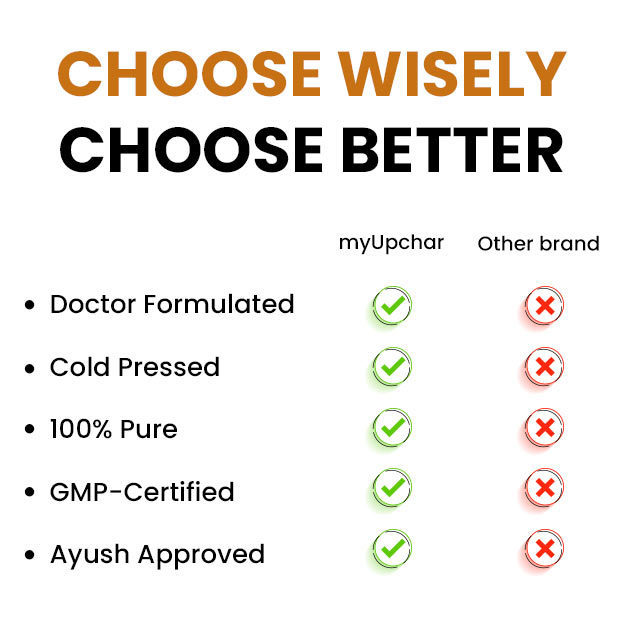Even though growing pains aren’t a disease, they can hurt quite a bit. They are the most common form of leg pain in children, both boys and girls, aged 2-12.
Growing pains got their name sometime during the 1930s and 40s when it was thought that the pains occurred because bones grew faster than tendons in little ones—especially during growth spurts. This idea has since been debunked.
Children tend to experience growing pains in two age groups: once in early childhood, between three years and five years of age, and then from 8-12 years. (This rules out the earlier assumption, as these pains occur during years when the child’s growth is not at its fastest rate.)





